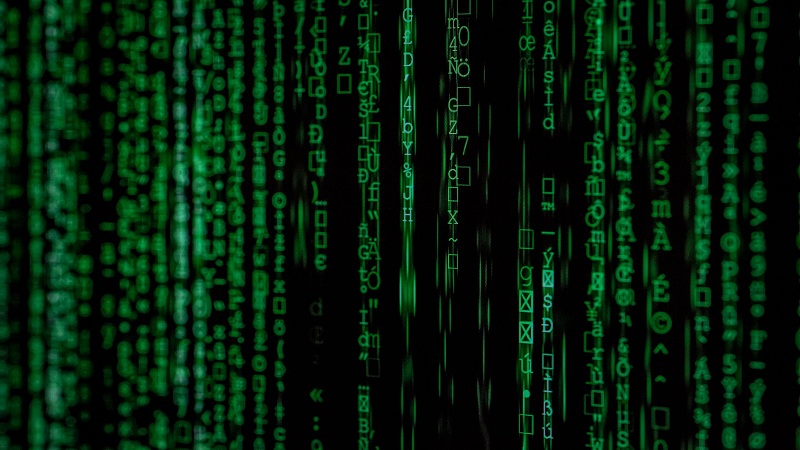Security should be at the top of the mind for any organization. It has been estimated that damages from cyber crime would cost around $6 trillion annually by 2021.
With growing threats to information systems and data, it is extremely important for organizations to remain aware of the top cyber security risks and adopt strategies to effectively tackle them. This article will share the top four cyber security risks and ways to prevent them.
1. Cryptojacking Attacks
Cryptojacking is one of the most acute threats today. It involves attackers secretly installing software called cryptocurrency miners onto computers and network assets. These programs then generate cryptocurrency while consuming precious CPU, thereby diminishing the affected asset’s productivity.
Cryptojacking attacks rose by around 8,500 in 2017 and is expected to grow even further in 2018. It’s therefore very important to defend against cryptojacking. In order to defend your devices and files from cryptojacking, you need to implement the following measures:
- Look for the signs of cryptomining like an increase in employee complaints regarding slow computer performance. This is a red flag that tells you further investigation is needed
- Use browser extensions like No Coin to block coin miners from using your computers without your consent.
- Make use of a network monitoring solution that leverages the power of AI to detect cyptojacking by analyzing network data.
- Regularly monitor the web server for any changes in file.
2. Incomplete Patch Management
Undertaking manual patch management is a pain; this is where automated patch management solutions can prove to be extremely beneficial. Here are the top features offered by the automated patch management platforms:
- It automatically keeps desktops, laptops and remote users up-to-date with security patches and software updates.
- Windows, Linux, Adobe, Java, Chrome and other vendors are supported.
- The streamlining ability ensures bandwidth efficiency when files are being shared across systems.
- A device health manager identifies devices that are vulnerable to attacks.
- The system automatically updates itself so there is no requirement to manually update it.
- You can have complete control over your corporate security simply with the help of a browser.
Regularly implementing software patches is extremely critical for the security of your organization, and opting for an automated solution is the best way to get it done.
3. Insecure IoT devices
The image below shares some stats related to the vulnerabilities affecting IoT devices:
Here are some ways to keep safe:
- Do your research before you decide to purchase any IoT device. You want to make sure the device comes with robust security features like regular security upgrades and password-changing features.
- Immediately change the admin password after you purchase the device if it comes with one. Then set a strong password that is difficult to hack.
- Turn off the device when it’s not in use.
It is necessary for companies to take adequate measures to strengthen the security of IoT devices in order to reduce any security loopholes.
4. Lack of Proper Cyber Security Policy
The absence of a proper cyber security policy makes the entire organization vulnerable to cyber attacks.
As a result, it’s wise to adopt a strong cyber security policy in the organization that is able to ward off any potential threats. Here are some suggestions to reduce your risk of cyber attack:
- Make sure your employees know about the risks of cyber attacks. In case any threats are identified, there should be proper mechanisms in place to immediately report threats or quarantine them.
- Identify all the risks associated with cyber security and establish cyber security governance.
- Install firewalls and anti-malware software.
- Restrict access to important files and systems.
- Keep strong passwords.
- Identify and address all the risks associated with remote access to data.
- Establish secure data destruction processes for computer hardware.
- Make sure to defend your organization from security lapses in core areas like critical infrastructure, cloud, IoT, application and networks.
The below image depicting the life cycle of cybersecurity is of great help to plan a secured system architecture:
Conclusion
If you think your company can’t be attacked by cybercriminals, then think again! No company is 100% safe from the effects of cyber crime. Consider the above-mentioned cyber security risks and take the suggested steps as early as possible in order to minimize your risk of corporate insecurity.
Also Read : https://www.vpngeeks.com/21-terrifying-cyber-crime-statistics-in-2018/


